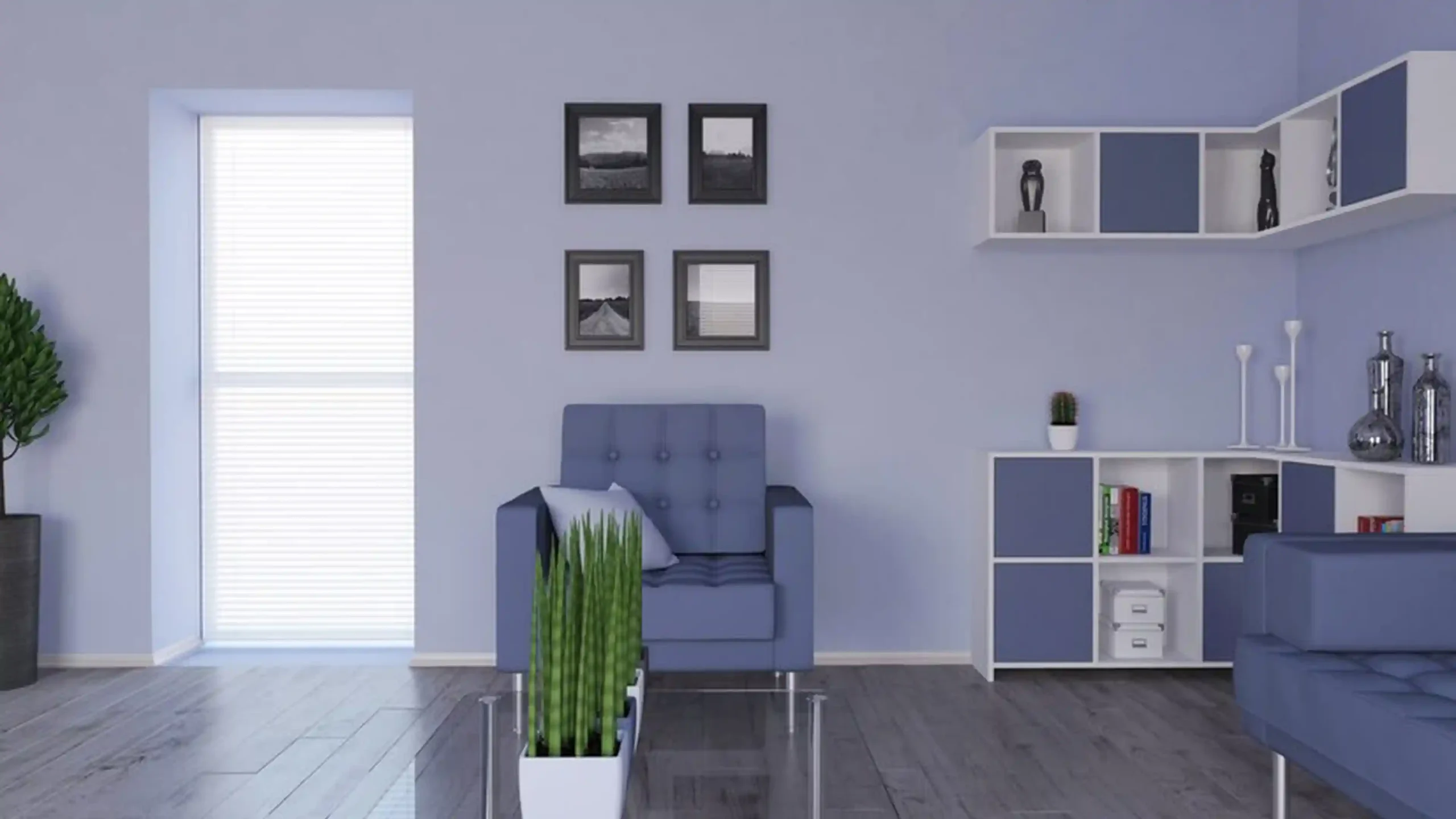Home interior painting is one of the easiest and most affordable ways to refresh the look of your living space. Whether you’re looking to change the ambiance of a room or just give your walls a fresh coat of paint, it’s important to know a few things before you start. Painting can seem like a straightforward task, but there’s more to it than simply slapping paint on the walls. Here are 9 things you should know before you begin your home interior painting project to ensure you achieve the best results.
1. Plan Your Color Scheme Wisely
Choosing the right paint colors can be the most exciting yet challenging part of the process. The color of your walls will set the mood of the entire room. Lighter colors like pastels and neutrals can make a small room feel bigger and brighter, while darker colors create a cozy, intimate atmosphere. If you’re uncertain about which shades to pick, browsing inspiration boards or websites like https://housewiseup.com/ can help you explore trending color ideas and combinations that will work for your space.

2. Prep Your Walls Properly
Proper wall preparation is key to achieving a smooth, long-lasting finish. Before you begin painting, make sure the walls are clean, dry, and free from dust or grease. Fill in any holes or cracks with a patching compound, and lightly sand the surface for an even texture. Skipping this step may result in a rough and uneven paint job.
3. Choose the Right Type of Paint
Not all paints are created equal. There are various types of paint finishes to choose from: matte, eggshell, satin, semi-gloss, and high-gloss. Each finish has its own pros and cons depending on the room’s function. For example, satin and semi-gloss are great for kitchens and bathrooms as they are easier to clean, while matte finishes are ideal for living rooms and bedrooms where a soft, non-reflective look is desired. Always consider the room’s usage before deciding on a paint type.
4. Buy Quality Paint Brushes and Rollers
Investing in good-quality paint brushes and rollers is crucial for a smooth application. Cheap tools can leave streaks or fuzz on your walls, which can ruin your hard work. Choose brushes with synthetic bristles for latex paints, and opt for a roller with the right nap length for the surface you’re painting (short nap for smooth walls, long nap for textured surfaces). With the right tools, you’ll notice the difference in the final result.
5. Test Your Paint Color
Even though you may have selected a color you love, it’s a good idea to test it on a small section of the wall first. Colors can look different in different lighting, so painting a sample patch will help you visualize how the color will appear in your space. This also gives you a chance to make adjustments before committing to a whole room.
6. Protect Your Furniture and Flooring
You don’t want to ruin your furniture or flooring with paint splatters. Cover your furniture, floors, and any other items you don’t want to paint with drop cloths or plastic sheets. Be sure to tape off edges around trim, baseboards, and ceilings. This will save you time and effort when cleaning up afterward.
7. Allow for Proper Drying Time
Paint needs time to dry properly between coats. Rushing this step can result in streaks or an uneven finish. Always follow the manufacturer’s instructions for drying times. Typically, it’s best to let the first coat dry for a few hours before applying the second coat. If you’re working in a humid environment, consider using a fan or opening windows to speed up the process.
8. Consider Hiring a Professional Painter

While DIY painting can be rewarding, it’s not always the best option for everyone. If you’re not confident in your painting skills, hiring a professional can save you time and frustration. Professionals have the experience and equipment to get the job done quickly and efficiently. Plus, they’ll ensure the job is done to a high standard, so you can relax and enjoy the results without worry.
9. Know How Much Paint You Need
Running out of paint in the middle of a project is frustrating and time-consuming. Before you start, make sure you know how much paint you’ll need for your space. Measure the square footage of the walls and use the paint can’s coverage guidelines to estimate how much paint you’ll need. It’s always better to buy a little more paint than you think you’ll need. You can always store the extra for future touch-ups.
Final Thoughts
Painting the interior of your home can be a rewarding project that gives your space a fresh new look. By following these nine tips, you’ll ensure that your painting experience is as smooth and successful as possible. Whether you’re tackling the job yourself or hiring a professional, the right preparation and the right tools are key to achieving a beautiful finish. Remember, you don’t have to rush. Take your time, and enjoy the process of transforming your space!
For more tips, inspiration, and expert advice on home improvement projects, visit Housewiseup.





Leave a Reply